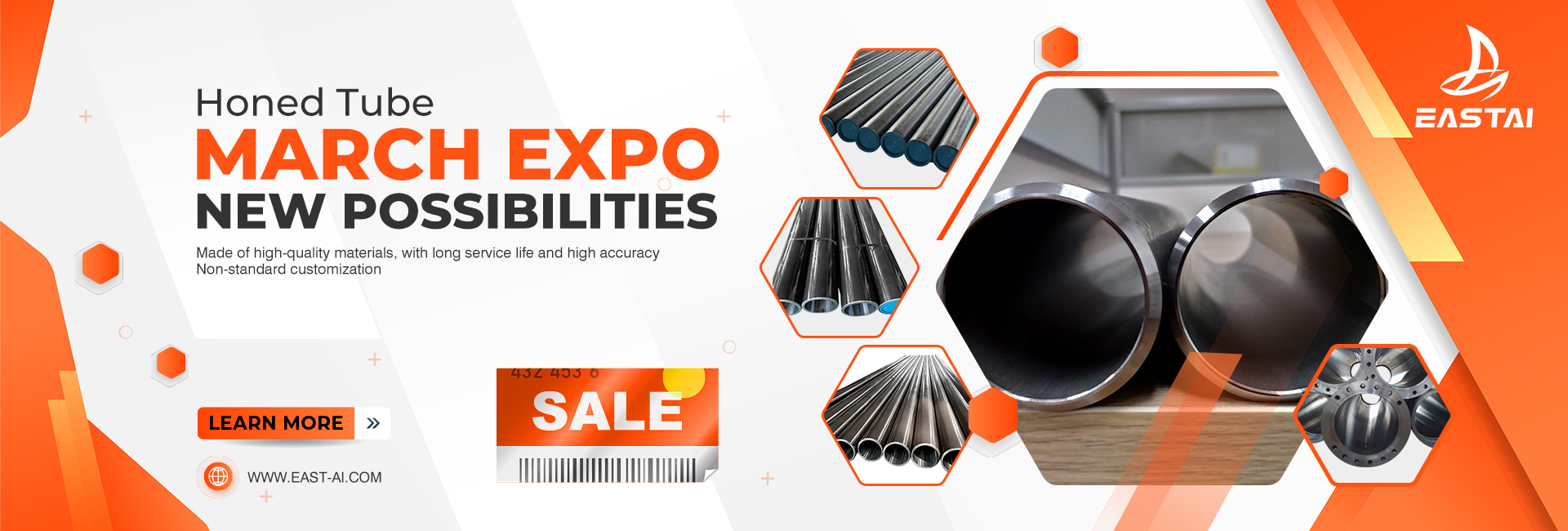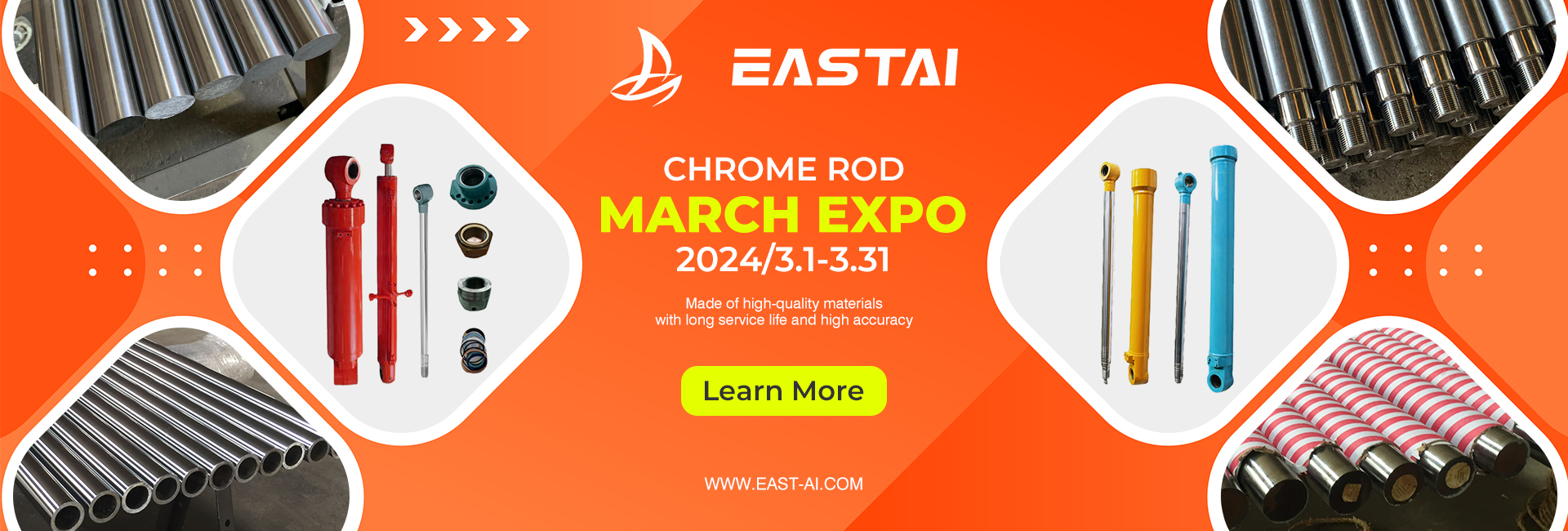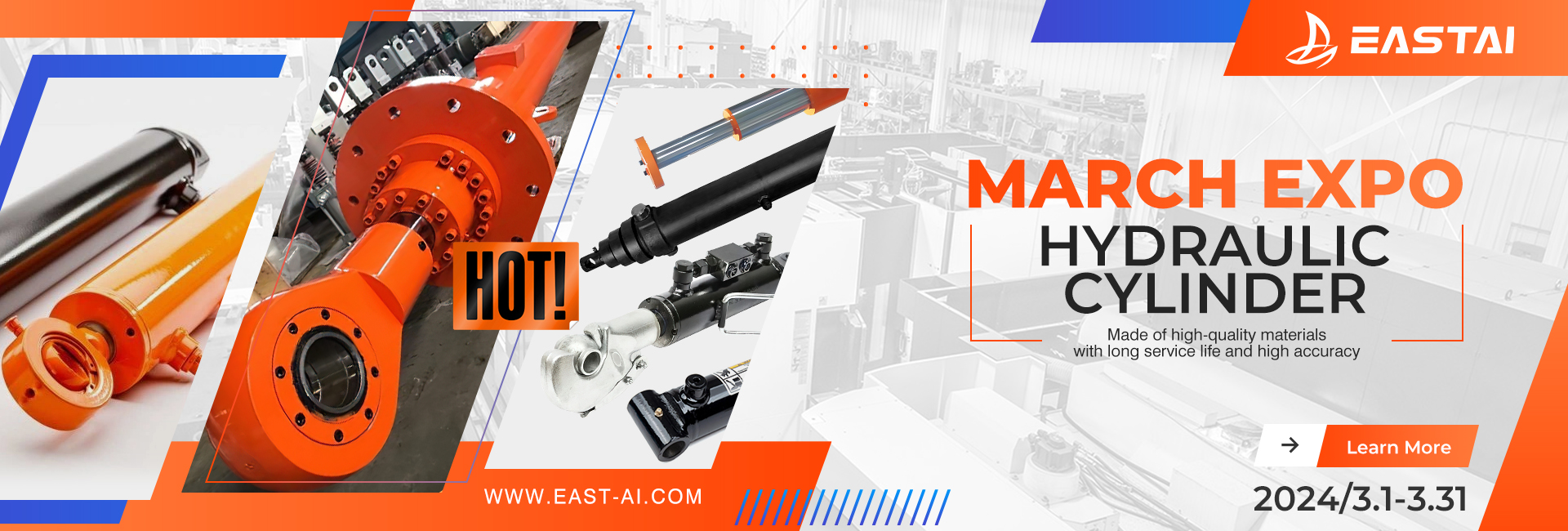1. Introduction to Carbon Steel Pipes
Carbon steel, a blend of iron and carbon, is a fundamental material in industrial settings. It’s chosen for its balance of durability, malleability, and cost-effectiveness. In pipe form, particularly the 8-inch variant, it becomes a backbone in systems requiring robust and reliable conduits.
2. Understanding Pipe Dimensions
Pipe sizing can be complex, with dimensions like the 8-inch referring to the nominal bore or diameter. This size is pivotal in ensuring the right capacity and flow rate, especially in industries like water treatment and oil transport.
3. Features of 8 Inch Carbon Steel Pipe
The 8-inch carbon steel pipe stands out for its remarkable strength, making it resistant to high pressure and impact. Its ability to withstand corrosive environments and extreme temperatures further underscores its versatility in challenging industrial applications.
4. Manufacturing Process
The process begins with the melting of raw steel, followed by molding it into the desired shape and size. Advanced techniques like welding and seamless technology are employed to ensure structural integrity and dimensional accuracy.
5. Types and Grades of Carbon Steel Pipes
Various grades, such as the API and ASTM specifications, cater to different pressure and temperature conditions. These variations ensure that each pipe meets the specific requirements of its intended application, from low-pressure conveyance to high-pressure transport.
6. Applications in Different Industries
These pipes are integral to the infrastructure of numerous sectors. In oil and gas, they transport fluids under high pressure. In construction, they serve as sturdy frameworks. Similarly, in manufacturing, these pipes are used in machinery and conveyance systems.
7. Installation and Maintenance
Proper installation involves considerations like bedding and alignment to prevent stress and damage. Maintenance encompasses regular inspections for corrosion, pressure testing, and timely repairs to prolong the pipe’s lifespan.
8. Comparing with Other Materials
When compared to stainless steel, carbon steel pipes are more cost-effective, though less resistant to corrosion. Against PVC, they offer superior strength and temperature tolerance, albeit at a higher cost and weight.
9. Cost-Effectiveness and Availability
These pipes strike a balance between performance and affordability. Factors influencing their cost include material grade, manufacturing complexity, and market demand. Their widespread production ensures global availability.
10. Advancements and Innovations
The sector is witnessing innovations in manufacturing processes and material engineering. These advancements aim to enhance the pipes’ durability, efficiency, and environmental friendliness.
11. Safety and Environmental Considerations
Safety in handling and installation is paramount, given the pipes’ weight and potential for high-pressure contents. Environmentally, the focus is on sustainable production practices and recycling.
12. Buying Guide for 8 Inch Carbon Steel Pipe
When purchasing, consider factors like the specific application, pressure requirements, and environmental conditions. It’s also important to source from reputable manufacturers to ensure quality and compliance with standards.
13. Common Challenges and Solutions
Challenges like internal corrosion and external wear can be mitigated through regular maintenance, use of protective coatings, and selecting the right grade of steel for specific environments.
Post time: Dec-04-2023




